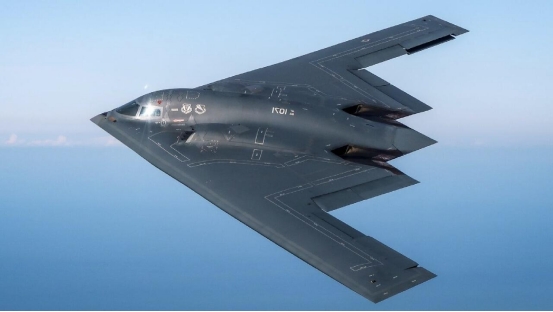US-Iran conflict escalates: Trump launches airstrike on Iran's nuclear facilities, gold market falls into geopolitical and policy game dilemma
- 2025年6月24日
- Posted by: Macro Global Markets
- Category: News

US-Iran conflict escalates: Trump launches airstrike on Iran's nuclear facilities, gold market falls into geopolitical and policy game dilemma


On June 21, local time, US President Trump announced on social media that the US military had launched air strikes on Iran's three nuclear facilities in Fordow, Natanz and Isfahan, using B-2 stealth bombers to drop 6 MOP bunker-buster bombs and 30 Tomahawk missiles, aiming to "completely eliminate Iran's nuclear capabilities." Iran's Islamic Revolutionary Guard Corps subsequently launched the 15th phase of the "Real Commitment-3" operation, using missiles and drones to carry out retaliatory strikes on Israel and US military bases in the Middle East, but its partners have not yet verified the accuracy and actual effectiveness of the attacks.

2. Gold market reaction: Risk aversion sentiment rose and then fell, and policy logic dominated the direction
Although the US airstrike caused short-term panic in the market, the gold price failed to continue its upward trend, reflecting the game of multiple conflicting factors:
The geopolitical risk premium has been partially digested: the market has a significant "fatigue effect" on the Middle East conflict, and investors are more concerned about the medium- and long-term impact of the Fed's policy path and economic data on gold. For example, on June 20, Fed Governor Waller stated that "if the inflation threat subsides, interest rates can be cut as early as July", but the market still expects the Fed to only cut interest rates by 0.25 percentage points this year.
Limited energy price transmission effect: Iran's threat to block the Strait of Hormuz may push up oil prices, but Brent crude oil only rose slightly by 0.5% to $78.3 per barrel, indicating that the market's concerns about short-term energy supply disruptions are limited. Barclays analysis pointed out that if Iran's oil exports are halved, Brent crude oil may rise to $85 per barrel, but the current conflict has not yet reached this threshold.
3. Key Data and Event Outlook
Fed policy signal: The US PCE data for May, to be released on June 27, will be a key verification point. If the data exceeds expectations, it may strengthen the Fed's hawkish stance and suppress the upside of gold; on the contrary, if inflation cools down, the expectation of interest rate cuts will boost gold prices.
Geopolitical evolution: If Iran further escalates its retaliatory actions (such as blocking the Strait of Hormuz), it may trigger a surge in safe-haven buying of gold, but we need to be wary of the reversal risk of "buying expectations and selling facts."
The current gold market is at the critical point of the game between "geo-risk aversion" and "Federal Reserve policy". Short-term fluctuations are unavoidable, but in the medium and long term, global stagflation risks and geo-uncertainty still provide strategic allocation value for gold. Investors need to find a balance between risks and opportunities and respond to the complex and changing market environment with dynamic strategies.
